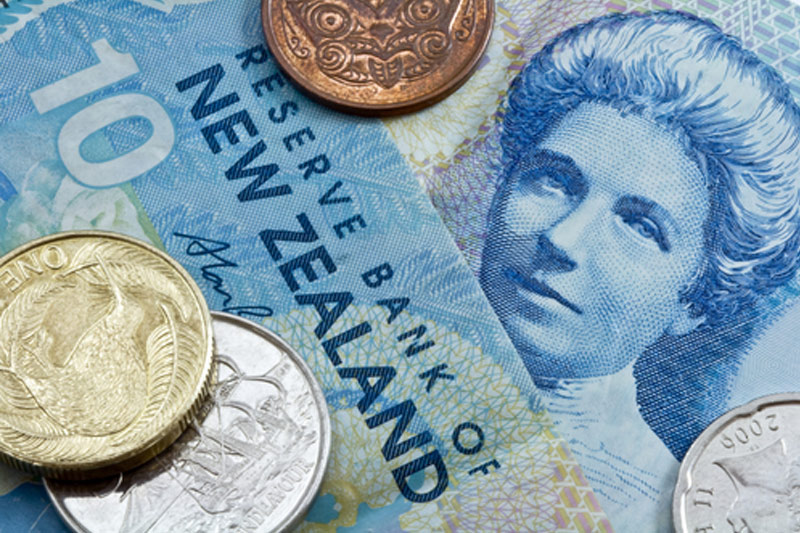Investing.com - The New Zealand dollar rebounded from a two-month low against its U.S. counterpart on Friday, as weaker than expected U.S. employment data forced investors to recalibrate their assumptions about the future course of the Federal Reserve's monetary policy.
NZD/USD hit 0.8462 on Friday, the pair’s lowest since June 5, before subsequently consolidating at 0.8514 by close of trade on Friday, up 0.16% for the day but 0.47% lower for the week.
The pair is likely to find support at 0.8462, the low from August 1 and resistance at 0.8556, the high from July 29.
The Labor Department reported that that U.S. economy added 209,000 jobs in July, below forecasts for jobs growth of 233,000. The previous month’s figure was revised up to a gain of 298,000 from a previously reported increase of 288,000.
Although it was the sixth successive month that the U.S. economy added more than 200,000 jobs, the unemployment rate unexpectedly ticked up to 6.2% from 6.1% in June. In addition, wage growth was flat, pointing to underlying slack in the economy.
The data prompted investors to trim back expectations on the timing of a possible rate hike by the Federal Reserve, sending the dollar lower.
The greenback had rallied earlier in the week, as strong economic data underlined the view that the recovery is gaining momentum. Official data on Wednesday showed that U.S. economy expanded at an annual rate of 4.0% in the three months to June, outstripping forecasts of 3.0%.
The kiwi also found support after official data released Friday showed that China's manufacturing purchasing managers’ index rose to a two-year high of 51.7 in July from 51.0 in June, beating market expectations for a 51.4 reading.
Still, China's HSBC final manufacturing PMI for July ticked down to 51.7 from a preliminary reading of 52.0. Analysts had expected the index to remain unchanged.
The Asian nation is New Zealand’s second-largest trade partner.
The New Zealand dollar had been under broad selling pressure since the Reserve Bank of New Zealand last week raised its benchmark interest rate to 3.50% from 3.25%, but signaled that rates will not go any higher this year.
Data from the Commodities Futures Trading Commission released Friday showed that speculators increased their bullish bets on the New Zealand dollar in the week ending July 22.
Net longs totaled 15,289 contracts, up slightly from net longs of 15,132 in the preceding week.
In the week ahead, investors will be looking ahead to key U.S. data on service sector activity in July, while second quarter employment data out of New Zealand will also be in focus.
Ahead of the coming week, Investing.com has compiled a list of these and other significant events likely to affect the markets. The guide skips Monday as there are no relevant events on this day.
Tuesday, August 5
The U.S. is to publish data on factory orders, while the Institute of Supply Management is to release data on service sector growth.
Wednesday, August 6
New Zealand is to release data on the change in the number of people unemployed and the unemployment rate.
Later in the day, the U.S. is to publish data on the trade balance.
Thursday, August 7
The U.S. is to publish the weekly report on initial jobless claims.
Friday, August 8
China is to release a report on its trade balance.
